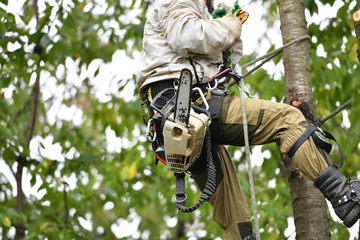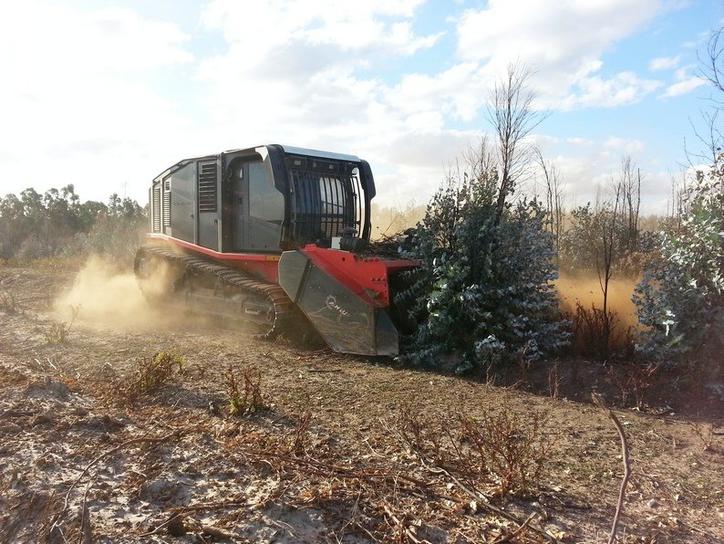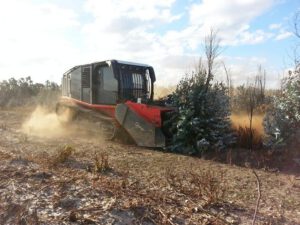Tree Care involves the application of arboricultural techniques within a built environment. It includes street trees, greenways, backyards, parks, and road verges. By implementing sustainable practices, trees can be cared for while reducing maintenance costs and helping communities and businesses grow. There are many types of tree care, including the following.

Pruning is one of the most important aspects of tree care. Trees need pruning to prevent the occurrence of disease. In addition to pruning, it is essential to take care of dead branches, which can cause damage to the tree and can even cause the tree to die. Dead limbs can also be a safety hazard, so getting the expert help you need is important. The pros will help you prune safely and efficiently.
The first step in caring for a tree is choosing the right species. The type of tree you choose will determine its health, shape, and lifespan. If you do not know how to care for a tree properly, consider hiring a professional to help you. Not only will you save money on professional tree care, but you’ll also be ensuring its longevity and overall appearance.
An arborist will have the skills and training to ensure that your trees remain healthy for many years. These professionals can diagnose any problems that may affect the health of your trees, and they will recommend innovative measures to help them continue to grow. They will also know how to maintain the health of any shrubs and bushes in your yard. They will be able to determine if your trees are infected with pests and remove infected parts. If necessary, they can also apply pesticides to keep pests at bay.
A good tree care program will give your trees and shrubs a healthy appearance, but ongoing maintenance will be required. Make sure you choose a tree care professional with adequate training and safety equipment. Tree care professionals must understand plant biology, soil, insects, diseases, fungi, and other non-living factors. You should also ask for references in the area. Ensure the company has liability insurance and worker’s compensation coverage.
Trees require special attention during the establishing phase. After they are established and show consistent, healthy growth, tree care becomes easier. Once your tree begins to grow, you should give it plenty of water. This will allow the tree to absorb water and allocate its energy properly. A tree needs water every three days for the first three months.
Tree care is a costly business that needs specialized equipment. While traditional tools may suffice for small tree care, big machinery such as bucket trucks and cranes is necessary for larger scale projects. In addition, it is important to ask how the company disposes of waste after tree care is complete. Getting this information beforehand will help you avoid costly mistakes and ensure that the work is done safely.
One of the most common mistakes made in tree care is over-watering. The ideal condition for a tree is moist, but not soggy. A damp soil allows for oxygen to permeate the soil. To check the moisture level of the soil, use a garden trowel. If the soil feels dry to the touch, you don’t need to add water.
Professional tree care specialists know when to prune to promote healthy growth. They can determine when to thin out a tree to allow light to reach the inner parts, and how to prune without creating an unstable trunk. A professional arborist can also perform corrective pruning to correct problems with trees. In addition, they can tell when to do fine pruning and when to wait until the spring for the best results.
In addition to disease, tree pests and environmental factors are common problems for urban trees. These issues are complicated by road conditions. Trees growing close to roads are often exposed to high levels of abiotic stress. They are susceptible to various plant pests and fungal infections. The main challenge in maintaining urban trees’ health is road safety. It is vital to take care of urban trees so that they can continue to provide for the community.
The organization’s mission is to maintain healthy street trees in communities with high water stress. To achieve this, street trees are regularly watered during the spring and summer months to prevent wilting and disease. Mulching is also essential to conserve water, moderate soil temperature and improve soil structure.

